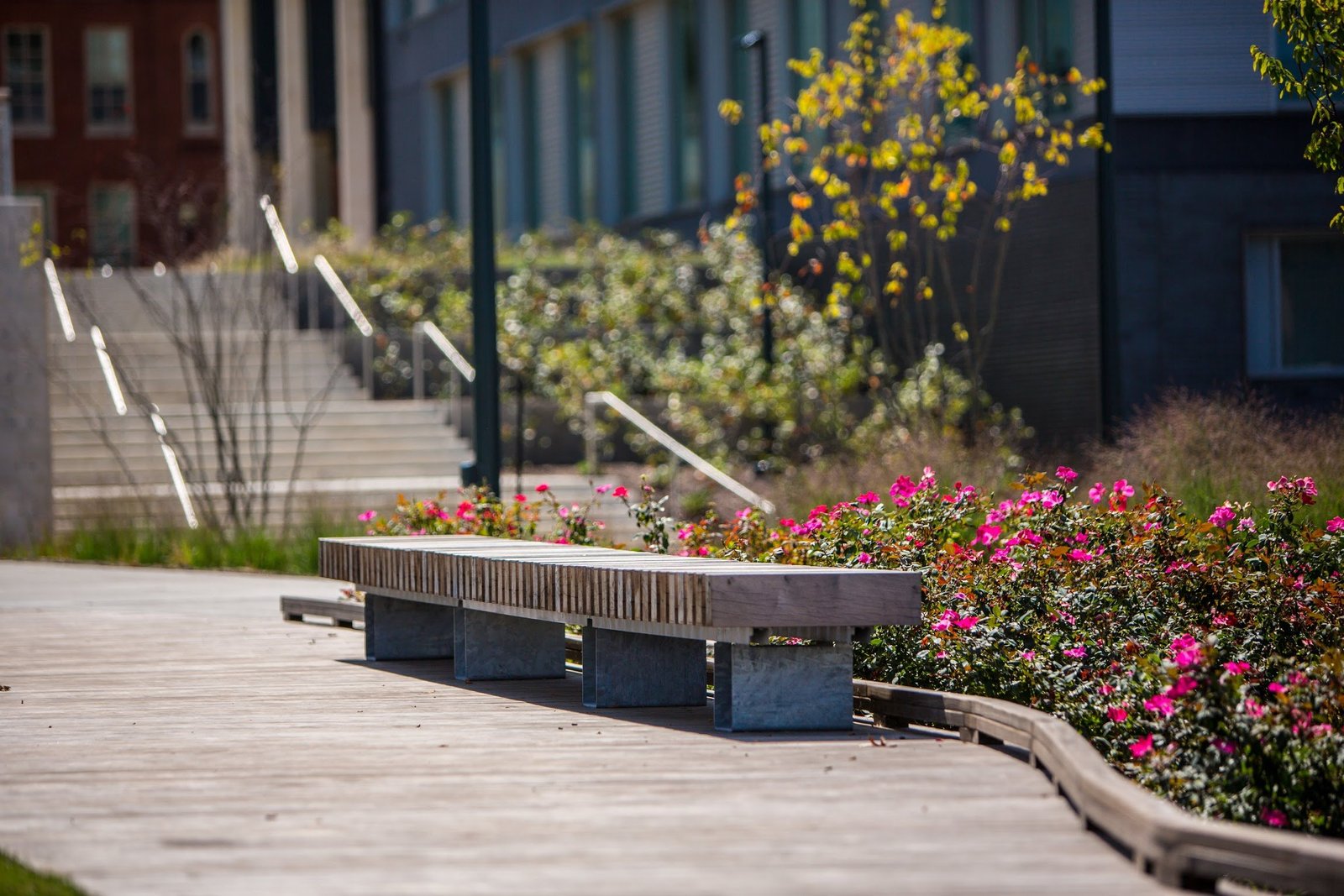Sustainable irrigation in landscape design is essential for conserving water while maintaining a healthy and attractive outdoor space. By using efficient watering methods and smart planning, you can ensure your landscape thrives without wasting precious resources. In this article, we’ll share effective strategies for implementing sustainable irrigation in your landscape design.
Understand Your Landscape’s Water Needs
The first step in sustainable irrigation in landscape design is understanding the specific water needs of your plants. Different plants require varying amounts of water based on their type, size, and growth stage. For example, native plants are often more drought-tolerant and need less water compared to non-native species. Grouping plants with similar water requirements together, also known as hydrozoning, allows for efficient watering and minimizes waste.

Install Drip Irrigation Systems
Drip irrigation is one of the most effective methods for sustainable irrigation in landscape design. This system delivers water directly to the roots of plants through small tubes, reducing evaporation and runoff. Unlike traditional sprinklers, drip irrigation provides a slow, steady supply of water, ensuring plants receive just the right amount they need. Additionally, it prevents overwatering and reduces the risk of disease caused by excessive moisture on leaves.
Use Smart Irrigation Controllers
Technology plays a significant role in achieving sustainable irrigation in landscape design. Smart irrigation controllers use weather data and soil moisture sensors to adjust watering schedules automatically. These devices ensure that plants are only watered when necessary, eliminating waste caused by overwatering or watering during rain. By using a smart controller, you can save water while keeping your landscape healthy.
Incorporate Rainwater Harvesting
Rainwater harvesting is an excellent way to support sustainable irrigation in design. Collecting rainwater in barrels or underground tanks allows you to store and use this free resource to water your plants. Rainwater is free of chemicals like chlorine, making it ideal for plant growth. By integrating a rainwater collection system into your design, you can reduce reliance on municipal water sources.
Apply Mulch to Retain Soil Moisture
Mulching is a simple yet effective strategy for sustainable irrigation in landscape design. Adding a layer of organic mulch around plants helps the soil retain moisture by reducing evaporation. Mulch also regulates soil temperature and suppresses weed growth, which can compete with plants for water. Over time, organic mulch breaks down and improves soil quality, further enhancing water retention.
Reduce Turf Areas
Traditional grass lawns often require significant amounts of water to stay green and healthy. Reducing turf areas and replacing them with drought-tolerant ground covers, ornamental grasses, or hardscapes is a practical way to achieve sustainable irrigation in design. These alternatives not only conserve water but also add visual interest and reduce maintenance needs.
Design Efficient Irrigation Zones
Creating efficient irrigation zones is crucial for sustainable irrigation in design. Dividing your landscape into zones based on plant water needs ensures that each area receives the appropriate amount of water. For example, vegetable gardens and flower beds may require more frequent watering, while trees and shrubs can thrive with less. Proper zoning prevents overwatering and reduces water waste.
Water During Optimal Times
Timing is another important factor in sustainable irrigation in landscape design. Watering during early morning or late evening minimizes evaporation caused by the sun. This ensures that more water reaches plant roots where it’s needed. Avoid watering during windy conditions, as this can cause uneven distribution and increase water loss.
Perform Regular Maintenance
Maintaining your irrigation system is essential for its efficiency and sustainability. Check for leaks, clogged nozzles, and broken components regularly. These issues can lead to water waste and uneven watering. Keeping your system in good working condition ensures that water is used efficiently throughout your landscape.
Adopt a Long-Term Mindset
Finally, achieving sustainable irrigation in landscape design requires a long-term perspective. Regularly evaluate your irrigation practices and make adjustments as needed. Stay informed about new technologies and methods that can further enhance efficiency. By focusing on sustainability, you not only save water but also create a landscape that benefits the environment and future generations.
Conclusion
Sustainable irrigation in landscape design is not just about conserving water; it’s about creating a thriving and environmentally friendly outdoor space. By understanding your landscape’s water needs, using efficient systems, and incorporating smart practices like mulching and rainwater harvesting, you can achieve a balance between beauty and sustainability. With consistent effort and thoughtful planning, your landscape can flourish while conserving valuable resources.




